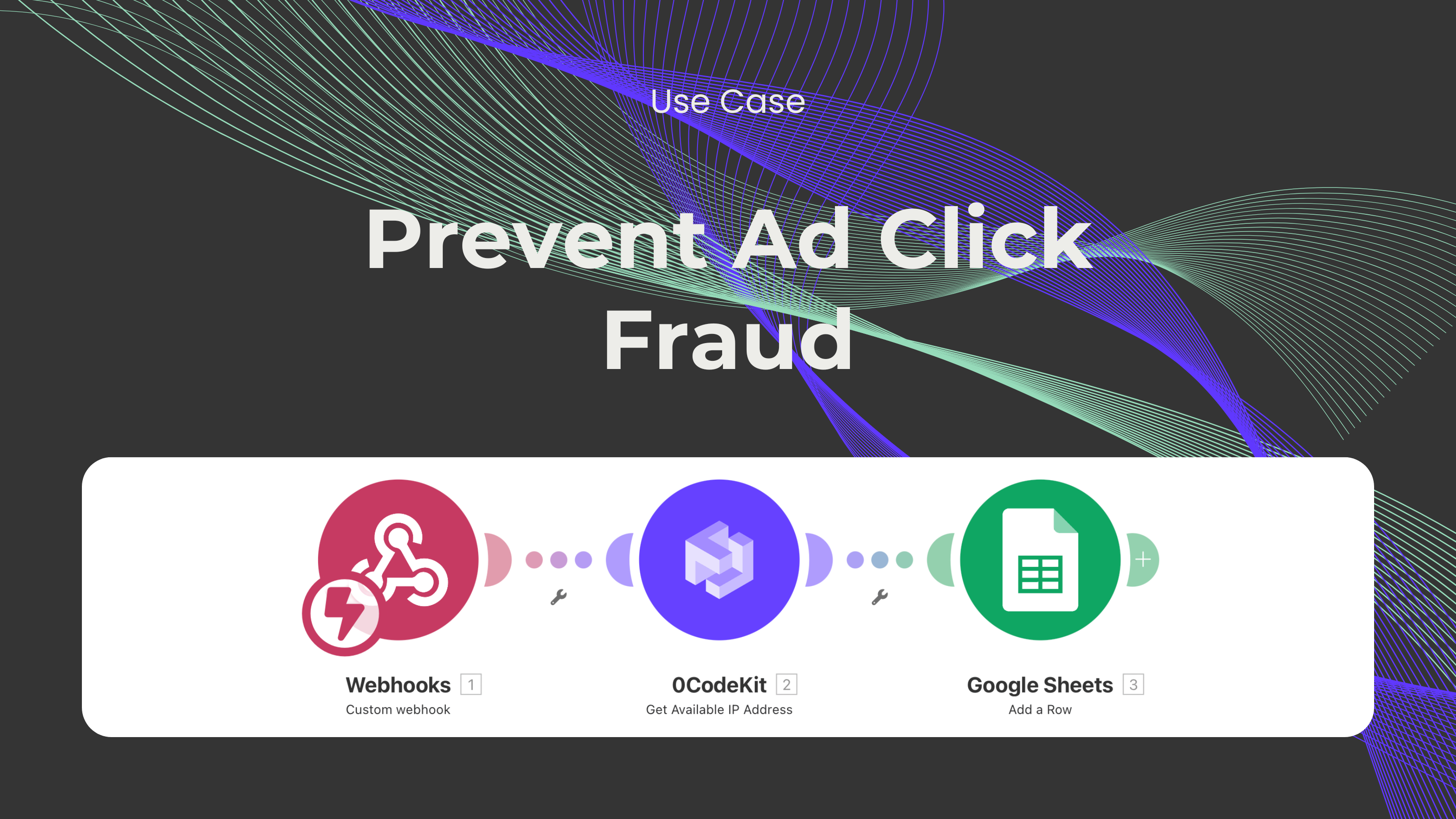Click Fraud Automation


It comes as a shock that click fraud claims nearly 20% of all clicks on online advertisements. Think about how much time is spent planning a perfect marketing campaign, only to let a large portion of your budget go to waste on fake clicks. It’s every marketer's nightmare!
Click fraud occurs when clicks are made on advertisements with the intent to defraud the advertiser or manipulate the conversion rates. These fake clicks can greatly influence businesses and their overall performance by distorting the necessary data about ad spend and returns on investment (ROI). This can often lead to wrong strategies and lost potential. For any business, and especially small businesses and entrepreneurs, the issue of expenditure or cost is very delicate, and to be a victim of click fraud is the last thing one would want.
The manual detection of fake clicks is a rather never-ending and risky endeavor, like searching for a needle in a haystack. Due to a large amount of input data produced by online advertising campaigns, manual detection becomes ineffective and time-consuming. Only a human analyst can go through so many results, and even so, such click fraud schemes are often overlooked. This means that to counter click fraud, we require a solution that can process large amounts of data and provide accurate results.
These things are possible with automated detection systems because ad campaigns generate a large amount of data that we need to process in real-time. This automation allows you to be the first to address the issue of fraudulent clicks as they happen, saving you money and getting accurate analytics.
When a user clicks on your ad and goes to your website, the URL contains variables such as the Google Click Identifier (GCLID), which points to where the traffic came from. Typically, when your website and Google’s Task Manager are synchronized, the latter performs a tag to check the parameters of this URL with the ad. If they match, the system records the user’s IP address.
The captured IP address is then forwarded to 0CodeKit using a webhook. 0CodeKit’s "Convert IP to location" endpoint analyzes the IP address and returns all the details about the IP address, which include country, region, city, latitude, longitude, ISP, and more. If the IP address does not correspond to the parameters of the target audience in the ad, it is automatically singled out and transferred to a Google Sheet. This allows you to filter out and block all fake clicks and ensure your ads target the right people.